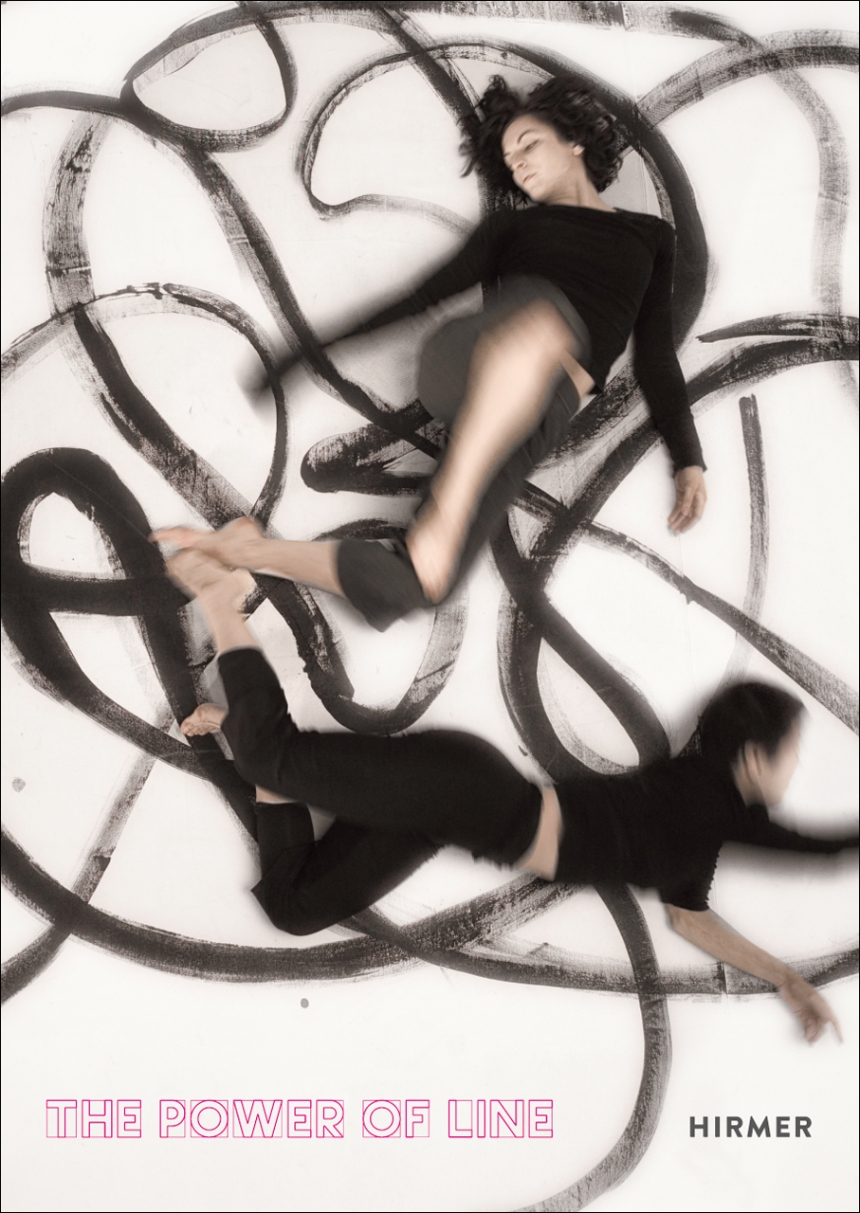Distributed for Hirmer Publishers
The Power of Line
There are no lines in nature—they are always the creation of humans, manifestations of human action, perception, and design. Lines can divide or connect, may be static or full of movement, and represent and create forms in space and time. And in many cultures, lines take center stage in science, art, writing, drawing, and construction. Employing a vast array of academic perspectives, this fascinating collection delves into the phenomenon of the line, as well as the power it holds for us.
From the history of art and science to philosophy, the essays in The Power of Line elucidate the semantic and conceptual depth of the line in European, Asian, and Islamic cultures. As they trace the continuity and transformation of the line over the course of centuries, the authors not only reveal it to be a constitutive element in architecture, art, and writing, but also uncover its importance as a medium of expression in both choreography and the scientific and technological fields. With copious full-color images, The Power of Line is a captivating exploration of the line as an essential artistic and cultural means of expression.
From the history of art and science to philosophy, the essays in The Power of Line elucidate the semantic and conceptual depth of the line in European, Asian, and Islamic cultures. As they trace the continuity and transformation of the line over the course of centuries, the authors not only reveal it to be a constitutive element in architecture, art, and writing, but also uncover its importance as a medium of expression in both choreography and the scientific and technological fields. With copious full-color images, The Power of Line is a captivating exploration of the line as an essential artistic and cultural means of expression.
Table of Contents
The Power of Line: Preface
Marzia Faietti and Gerhard Wolf
Graphism and Flatness: The Line as Mediator between Time and Space, institution and Concept
Sybille Krämer
Nature and Line
The Line and Its Double Nature in Early Modern Graphic Arts
Robert Felfe
Ruskin and the Reality of the Line
Jan von Brevern
Theories, Learning, and Didactic Experiences
Discipline as Emotion: Drawing Courses and Ideology in Early Twentieth-Century Germany and Austria
Nicola Suthor
Grapheme, Pictogram, Image, and Back: Walter Grane, a Return to Picture-Writing
Francesca Tancini
Line: Space and Trace
Transitioning Lines: Peter Eisenman’s House III between Drawing and Building
Martin Søberg
The Scared Footprint, Examined from Comparative Perspectives
Akira Akiyama
Calligraphy, Painting, and Dance in China and Japan
The Chinese Literati’s View of Calligraphy and Painting: A Reconsideration of the Concept of Art in China and Japan
Shigetoshi Osano
The Line between Calligraphy and Painting: A View from Post-War Japan
Eugenia Bogdanova-Kummer
Curving Lines and Morphing Marks: On the Problems of Comparing Chinese Ink-Brush Writing with Dancing
Alexander Schwan
Transforming Arabic Letters and Islamic Lines
From Letter to Line: Artistic Experiments with Pseudo-Script in Late Medieval Italian Painting, Preliminary Remarks
Vera-Simone Schulz
From Matisse to Morellet: What French Artists Owe to the Islamic Line
Thierry Dufrêne
The Aesthetics of the Written Word in Tunisian Art: Calligraphic Line, Mystical Sign, and Automatic Writing (1960-2014)
Eloquent Signs and Doodles
The Primacy of the Line over the World in Leonardo, Mantegna, and Parmigianino
Marzia Faietti
The Power of Lines: Traces and Threads
Gerhard Wolf
Appendix
Contributors
Index of Names and Places
Marzia Faietti and Gerhard Wolf
Graphism and Flatness: The Line as Mediator between Time and Space, institution and Concept
Sybille Krämer
Nature and Line
The Line and Its Double Nature in Early Modern Graphic Arts
Robert Felfe
Ruskin and the Reality of the Line
Jan von Brevern
Theories, Learning, and Didactic Experiences
Discipline as Emotion: Drawing Courses and Ideology in Early Twentieth-Century Germany and Austria
Nicola Suthor
Grapheme, Pictogram, Image, and Back: Walter Grane, a Return to Picture-Writing
Francesca Tancini
Line: Space and Trace
Transitioning Lines: Peter Eisenman’s House III between Drawing and Building
Martin Søberg
The Scared Footprint, Examined from Comparative Perspectives
Akira Akiyama
Calligraphy, Painting, and Dance in China and Japan
The Chinese Literati’s View of Calligraphy and Painting: A Reconsideration of the Concept of Art in China and Japan
Shigetoshi Osano
The Line between Calligraphy and Painting: A View from Post-War Japan
Eugenia Bogdanova-Kummer
Curving Lines and Morphing Marks: On the Problems of Comparing Chinese Ink-Brush Writing with Dancing
Alexander Schwan
Transforming Arabic Letters and Islamic Lines
From Letter to Line: Artistic Experiments with Pseudo-Script in Late Medieval Italian Painting, Preliminary Remarks
Vera-Simone Schulz
From Matisse to Morellet: What French Artists Owe to the Islamic Line
Thierry Dufrêne
The Aesthetics of the Written Word in Tunisian Art: Calligraphic Line, Mystical Sign, and Automatic Writing (1960-2014)
Eloquent Signs and Doodles
The Primacy of the Line over the World in Leonardo, Mantegna, and Parmigianino
Marzia Faietti
The Power of Lines: Traces and Threads
Gerhard Wolf
Appendix
Contributors
Index of Names and Places

